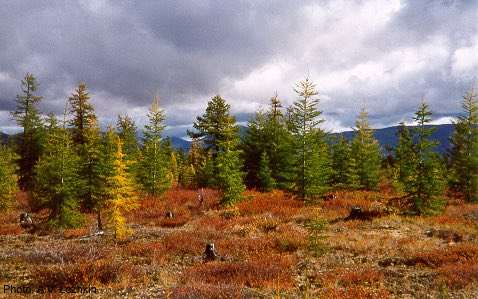Scientists have discovered hugely diverse fish and coral populations thriving off Indonesia's Papua coastlines including dozens of new species like the "walking" shark that travels on its fins. The expeditions led by Conservation International (CI) to the heart of Asia's "Coral Triangle" confirmed the region as the Earth's richest seascape. ("Walking" shark photo, right, by Gerry Allen)
The unmatched marine biodiversity of the Bird's Head Seascape, named for the shape of the distinctive peninsula on the northwestern end of Indonesia's Papua province, includes more than 1,200 species of fish and almost 600 species of reef-building (scleractinian) coral, or 75 percent of the world's known total.
Researchers described an underwater world of visual wonders, such as the small epaulette shark that "walks" on its fins and colorful schools of reef fish populating abundant and healthy corals of all shapes and sizes.
"These Papuan reefs are literally ‘species factories' that require special attention to protect them from (expanding commercial fishing)," said Mark Erdmann, senior adviser of CI's Indonesian Marine Program, who led the surveys. "Six of our survey sites, which are areas the size of two football fields, had over 250 species of reef-building coral each — that's more than four times the number of coral species of the entire Caribbean Sea."
Researchers found more than 50 species of fish, coral and mantis shrimp previously unknown to science in the Bird's Head Seascape that covers 18 million hectares (44.4 mil acres) including 2,500 islands and submerged reefs. The seascape also includes the largest Pacific leatherback turtle nesting area in the world, and migratory populations of sperm and Bryde's whales, orcas and several dolphin species.










Be the first to comment